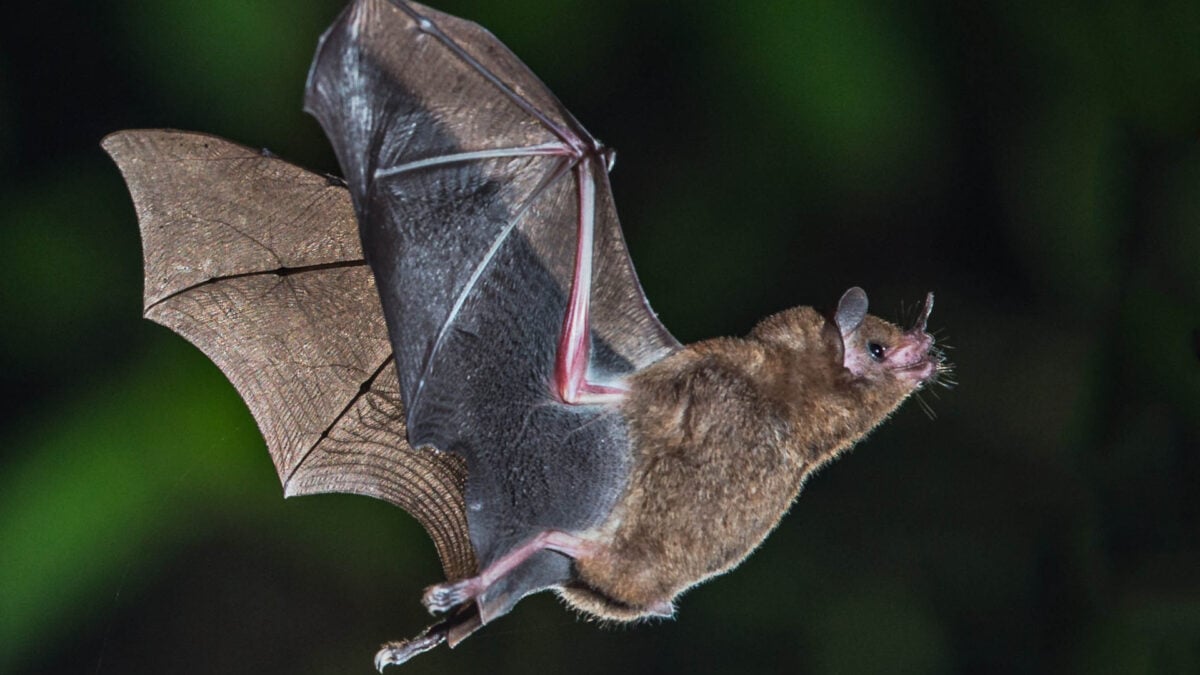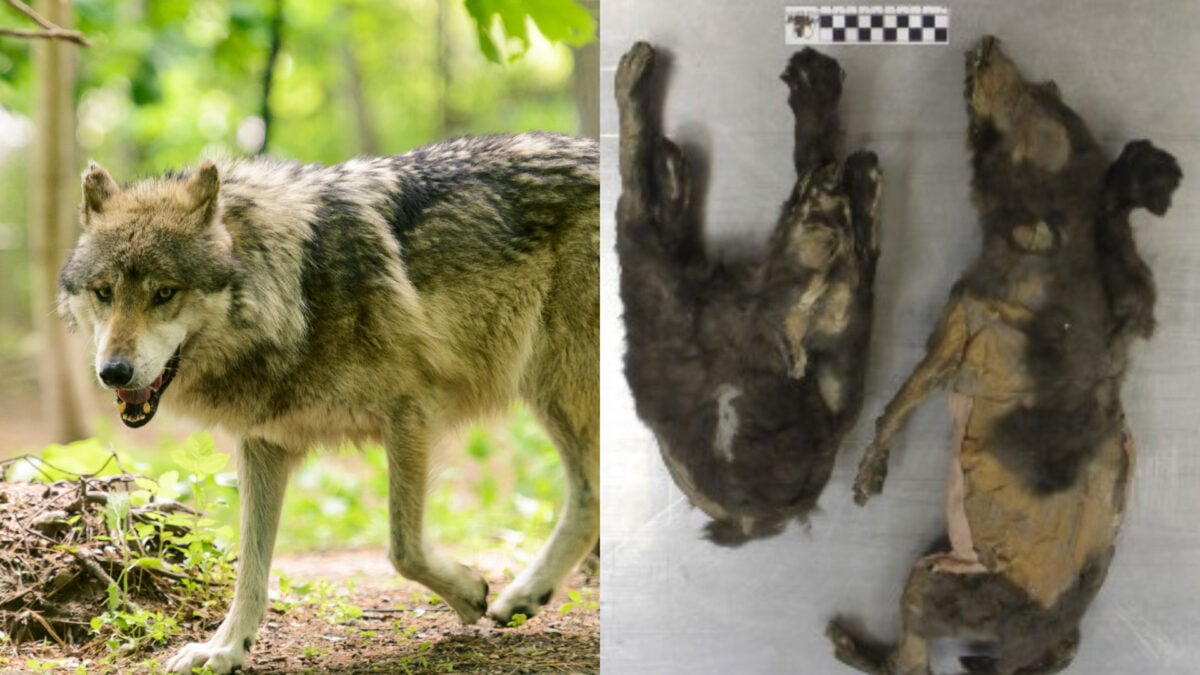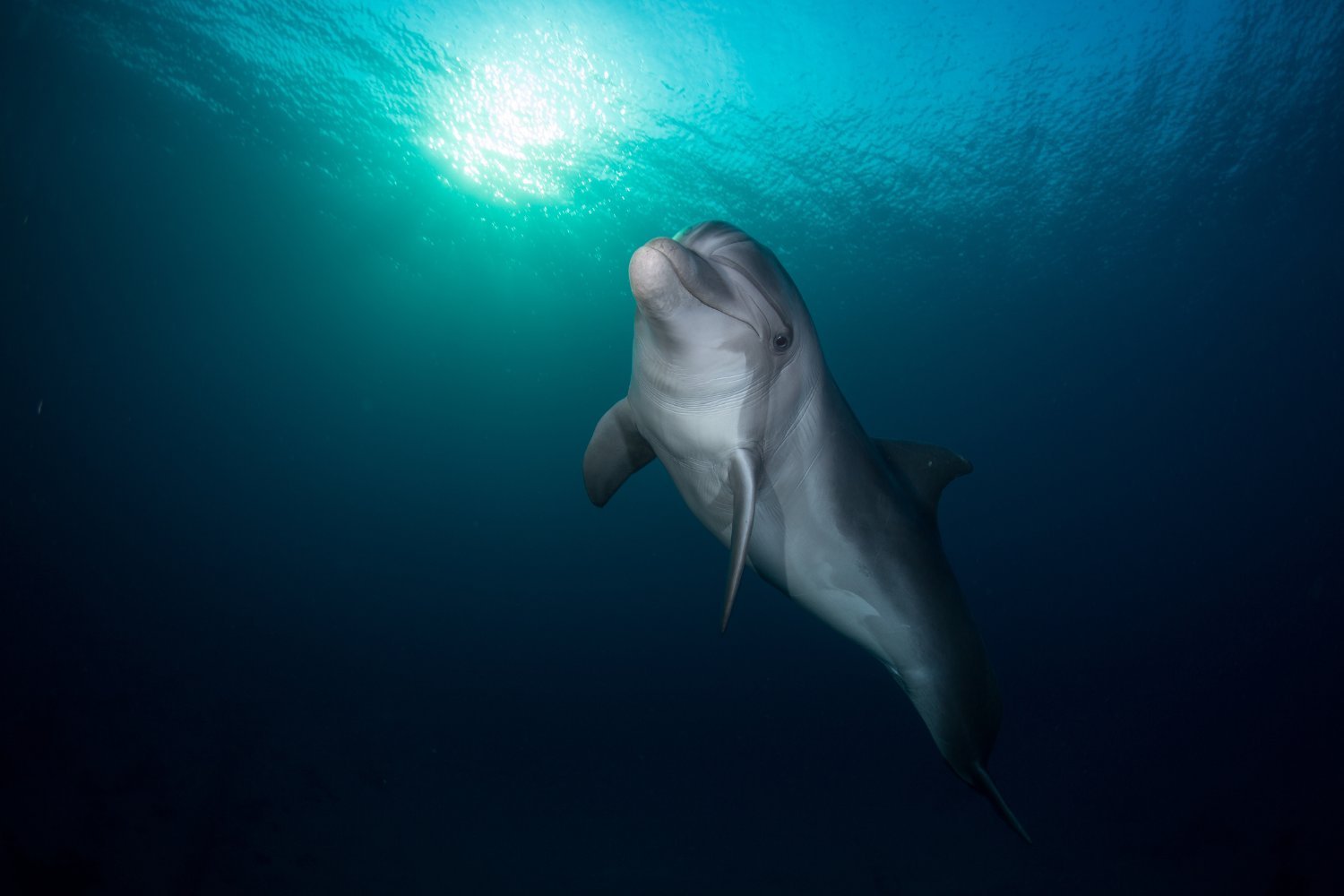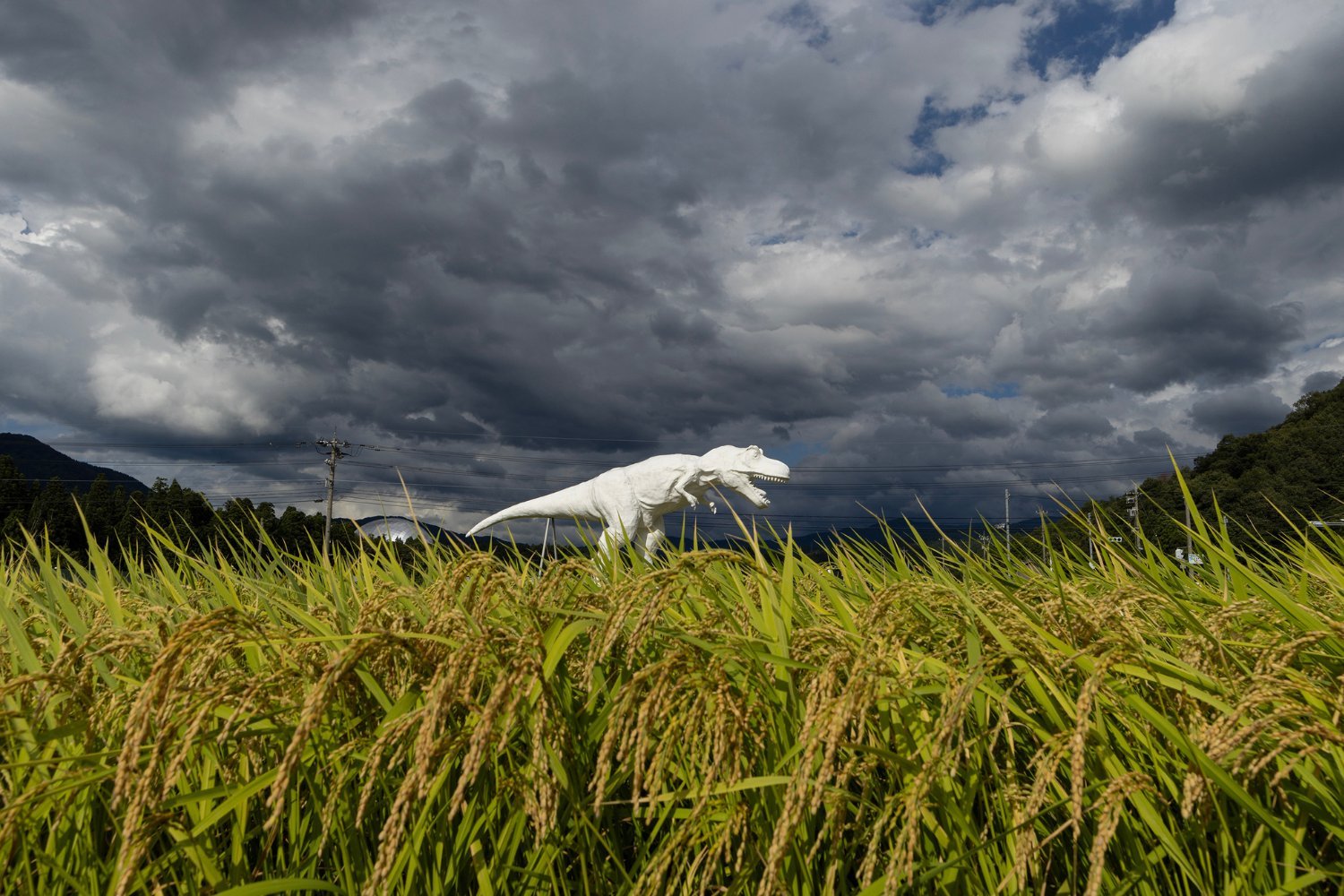Scientists have unveiled a new species of tyrannosauroid, Khankhuuluu mongoliensis, a discovery poised to reshape our understanding of how colossal predators like Tyrannosaurus rex evolved. This finding, detailed in a study published in Nature, illuminates crucial stages in the tyrannosauroid family tree.
From Misidentification to Major Discovery
The journey to identify Khankhuuluu mongoliensis began in the early 1970s with the unearthing of two partial tyrannosauroid skeletons in Mongolia’s Bayanshiree Formation. Initially, these fossils were thought to belong to Alectrosaurus olseni, a previously known species from China. The significance of A. olseni was recognized by paleontologists who noted that a comprehensive comparative phylogenetic analysis was much needed.
Decades later, a re-examination by an international research team, including paleontologists Jared Voris and Darla Zelenitsky from the University of Calgary, led to a different conclusion. Through detailed morphological comparisons with similar species, the fossils were reclassified, establishing the new genus and species: Khankhuuluu mongoliensis.
Meet Khankhuuluu mongoliensis: A “Mid-Grade” Predator
Khankhuuluu was a formidable predator, approximately the size of a modern grizzly bear. It possessed a skull reaching up to 27 inches (70 centimeters) in length and a femur measuring nearly 26 inches (67 centimeters). This medium-sized carnivore fills an important “mid-grade” niche in tyrannosauroid evolution.
The iconic T. rex belonged to the Eutyrannosaurians, a group of massive predatory dinosaurs dominant around 66 million years ago, characterized by their immense size, powerful jaws, short arms, and long legs. However, the evolutionary path from their smaller ancestors to these giants has been unclear due to a scarcity of “mid-grade” tyrannosauroid fossils. Khankhuuluu mongoliensis fits this intermediate position in terms of size and exhibits features common to both the later, massive Tyrannosaurini and the smaller, shallow-snouted Alioramini clades.
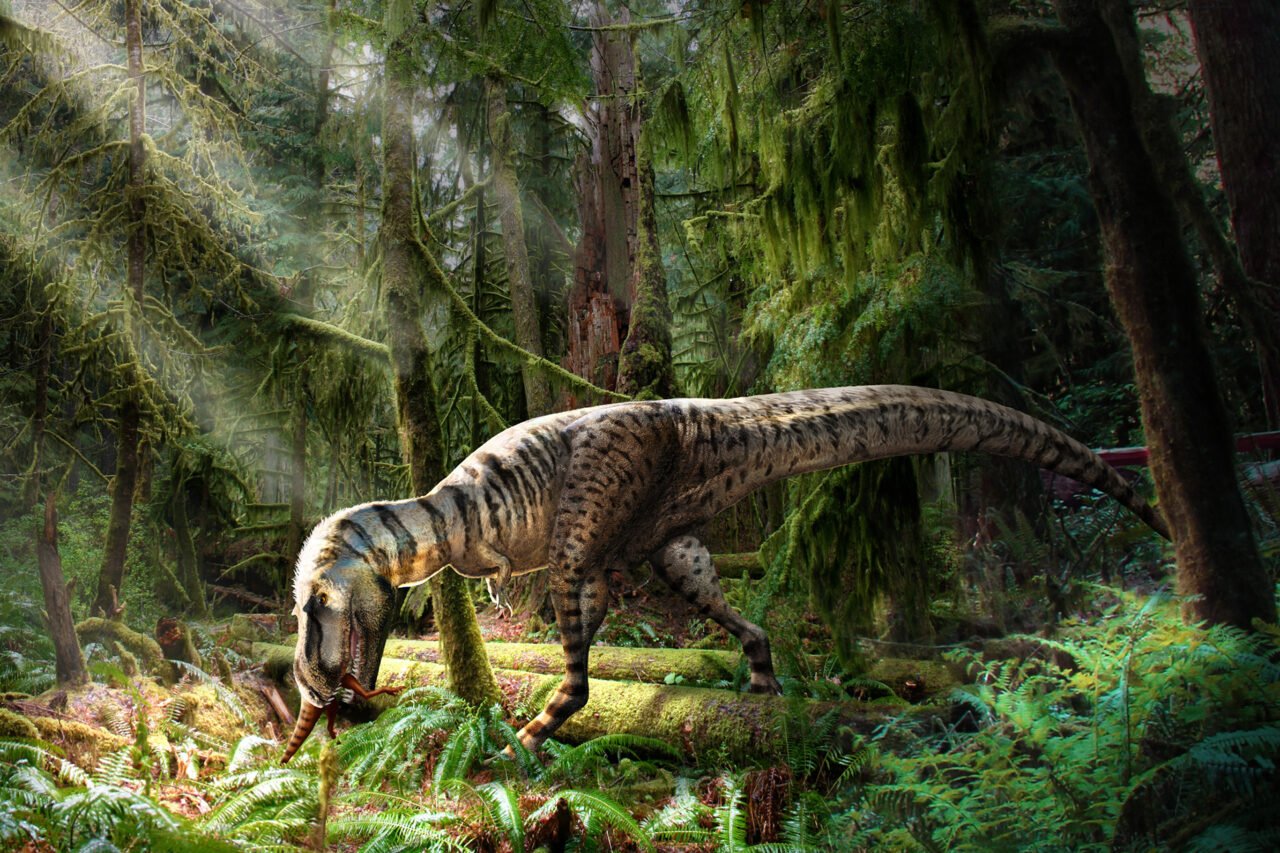 Artist's reconstruction of Gorgosaurus, a North American tyrannosaurid and descendant relative of Khankhuuluu mongoliensis, showcasing Late Cretaceous predator characteristics
Artist's reconstruction of Gorgosaurus, a North American tyrannosaurid and descendant relative of Khankhuuluu mongoliensis, showcasing Late Cretaceous predator characteristics
Unraveling Tyrannosauroid Evolutionary Pathways
The study positions K. mongoliensis in the tyrannosauroid evolutionary tree just outside the Eutyrannosaurians, having diverged approximately 90 million years ago during the Late Cretaceous period. Described as one of the “best-represented mid-grade tyrannosauroids,” it serves as an “exemplar ancestral form for the clade.” Notably, Khankhuuluu displays traits typical of juvenile Eutyrannosaurians but not adults, such as a slender build and proportionally longer forearms. [internal_links]
These characteristics suggest that heterochrony—alterations in the timing of developmental processes like skull development—played a significant role in tyrannosauroid evolution. This indicates Eutyrannosaurians likely experienced accelerated or extended growth periods as they matured.
A Complex History of Migration
Based on geographic distribution and morphological similarities, the research proposes a multi-stage migration pattern. Mid-sized dinosaurs like Khankhuuluu are thought to have first spread from Asia to North America. There, they evolved into various Eutyrannosaurians, including T. rex, which diversified within North America. Subsequently, some tyrannosauroids migrated back to Asia, leading to the Alioramini and Tyrannosaurini clades. In a final dispersal, Tyrannosaurini migrated back to North America, where they evolved into the giant Tyrannosaurus species. These apex predators dominated their ecosystems for roughly 2 million years until the end-Cretaceous mass extinction event.
A Clearer Picture of T. Rex Ancestry
The discovery and reclassification of Khankhuuluu mongoliensis provide invaluable insights into the evolutionary lineage of Tyrannosaurus rex and its relatives. This “mid-grade” tyrannosauroid helps bridge a critical gap in the fossil record, offering a clearer understanding of how these apex predators achieved their colossal size and ecological dominance, highlighting the complex interplay of development and dispersal in their evolutionary journey.





